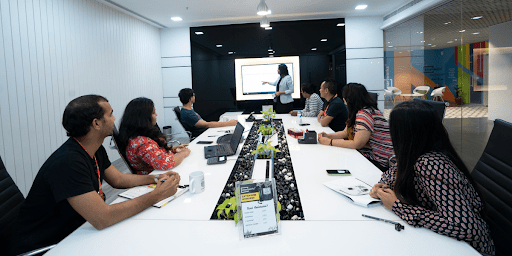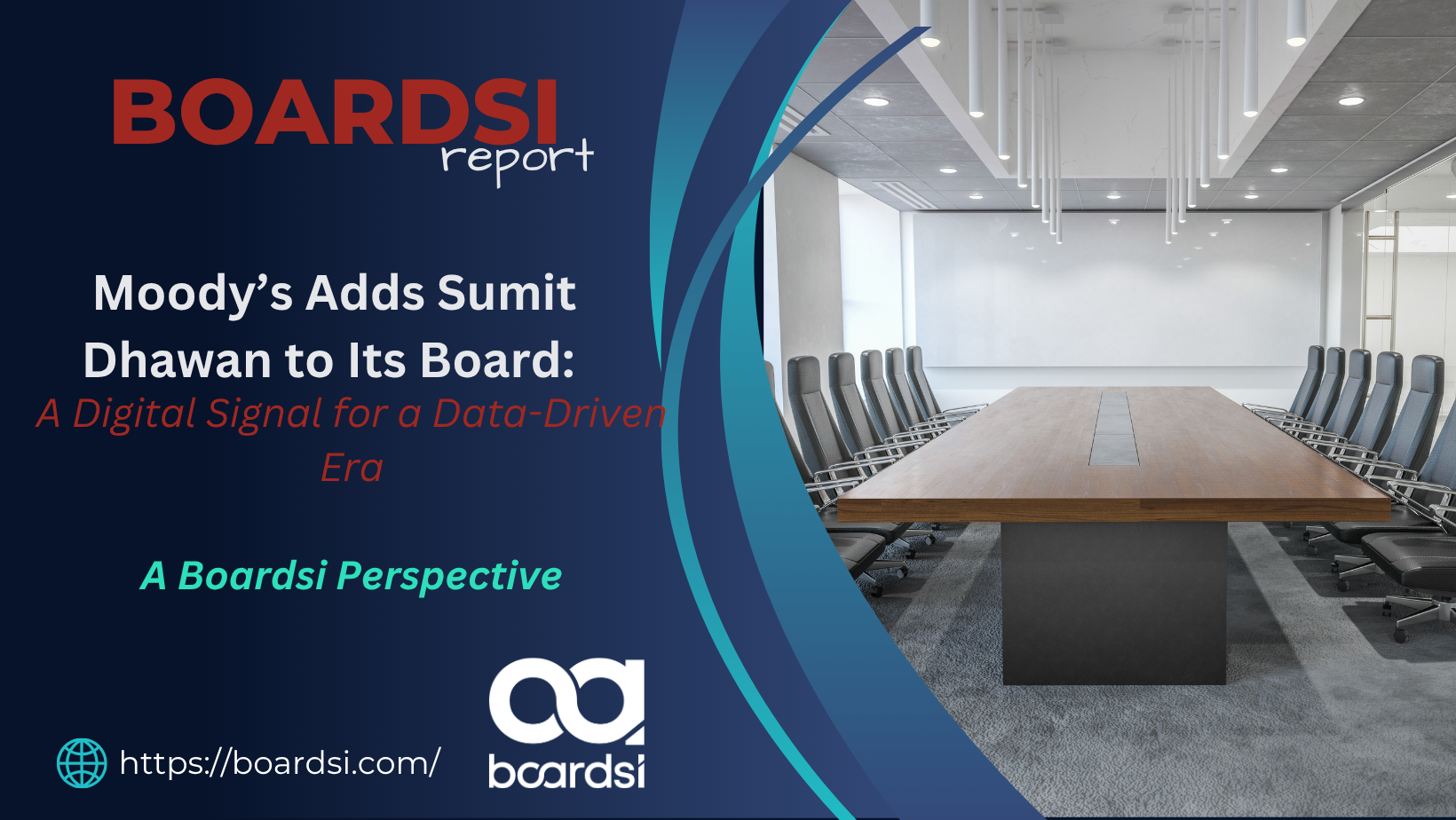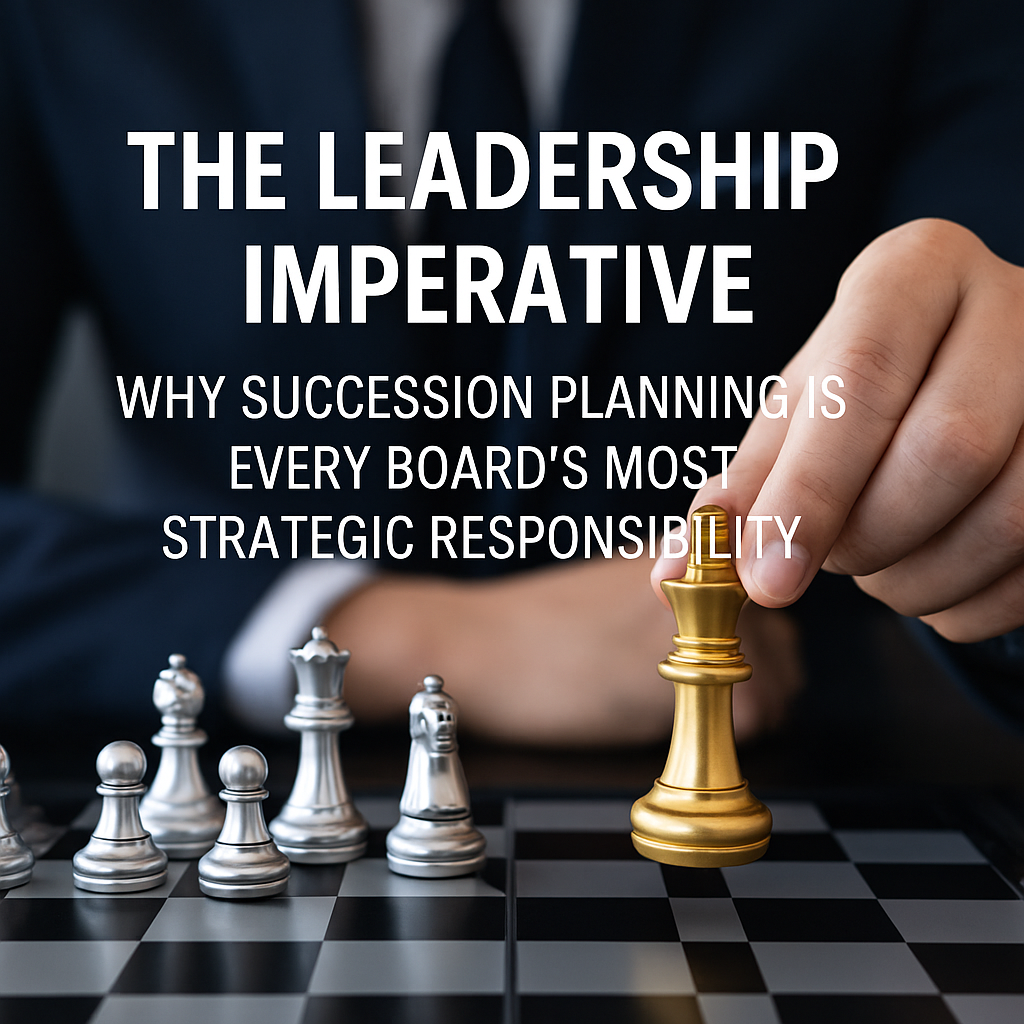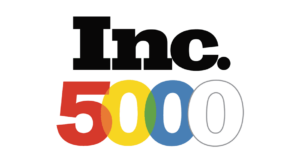By Marcus Fox
Innovation is the lifeblood of success in today’s boardrooms. From tech startups to established corporations, the ability to adapt, evolve, and create new ideas is crucial for staying ahead of the curve. But innovation isn’t a one-size-fits-all endeavor. It thrives on diversity, drawing from a myriad of perspectives and disciplines to spark creativity and drive progress.
Enter the multidisciplinary board – a dynamic powerhouse of expertise, experience, and vision. Innovative executive recruitment platform Boardsi reviews the pivotal role that such a board plays in fostering comprehensive innovation. By bringing together individuals from diverse backgrounds – be it technology, finance, marketing, or beyond – these boards catalyze cross-pollination of ideas and break down silos, leading to truly innovative solutions.
Boardsi CEO and co-founder Martin Rowinski delves into the power of perspective, uncovering how a multidisciplinary approach can transform the innovation landscape and propel organizations to new heights of success.
Understanding the Need for Diversity in Innovation
In the realm of innovation, diversity transcends traditional notions of demographic representation. It encompasses a multiplicity of perspectives, backgrounds, and expertise. This multidimensional diversity is essential for generating innovative ideas that resonate across varied markets and consumer segments. By drawing upon a wide array of viewpoints and experiences, organizations can uncover unique insights, challenge conventional wisdom, and identify unconventional solutions to complex problems.
The importance of diversity in innovation lies in its ability to foster cognitive diversity – the variance in approaches, interpretations, and problem-solving strategies among individuals. Research has consistently shown that diverse teams outperform homogeneous ones in creativity and innovation metrics. Conversely, homogenous boards, characterized by uniformity in background, experience, and thought, are prone to groupthink and are limited in their ability to generate novel ideas.
“Without diverse perspectives, organizations risk stagnation, missing out on opportunities for disruptive innovation and competitive advantage in an increasingly dynamic marketplace,” says Martin Rowinski with Boardsi. “Embracing diversity at all levels, including within boardrooms, is imperative for driving comprehensive innovation initiatives.”
Leveraging Cognitive Diversity
Cognitive diversity refers to the range of different perspectives, problem-solving approaches, and thinking styles that individuals bring to a team or organization. Unlike demographic diversity, which focuses on observable characteristics, cognitive diversity delves into the unique cognitive processes and mental models that shape how individuals perceive and interpret information.
Notes Rowinski, “This diversity of thought is instrumental in the innovation process, as it enables teams to approach challenges from multiple angles, consider alternative viewpoints, and generate a wider range of potential solutions.”
Various factors contribute to cognitive diversity, including educational background, professional experience, cultural upbringing, personality traits, and cognitive abilities. Each individual’s unique combination of these factors influences their approach to problem-solving, decision-making, and creativity. Therefore, assembling a board with diverse expertise, skill sets, and perspectives is paramount for fostering a rich tapestry of ideas and insights.
To leverage cognitive diversity effectively, boards must adopt strategies for identifying and harnessing the varied talents and perspectives within their ranks. This may involve conducting comprehensive assessments of individual strengths and weaknesses, promoting open communication and collaboration, fostering a culture of inclusion and respect, and implementing processes that encourage divergent thinking and constructive debate. By embracing cognitive diversity, boards can unlock the full potential of their teams and drive innovation to new heights.
Fostering a Culture of Inclusivity
Innovation thrives in environments where diverse perspectives are not only present but also actively engaged and valued. Inclusivity plays a pivotal role in ensuring that all voices within a multidisciplinary board are heard and respected. By creating a culture where individuals feel empowered to contribute their unique insights and perspectives, boards can tap into a broader spectrum of ideas and experiences, leading to more innovative outcomes.
“Leadership plays a crucial role in fostering inclusivity within a board environment. It starts with setting the tone from the top, with leaders demonstrating a genuine commitment to diversity and inclusivity through their actions and decisions,” says Rowinski.
Leaders must actively encourage open dialogue, listen attentively to diverse viewpoints, and ensure that all members feel welcome and valued. Practical strategies for fostering inclusivity include establishing clear communication channels that allow for input from all members, promoting diversity and inclusion training to raise awareness and sensitivity, implementing policies and procedures to prevent bias and discrimination, and actively seeking feedback from members to continually improve inclusivity efforts. By prioritizing inclusivity, boards can unlock the full potential of their diverse teams and drive innovation forward in meaningful ways.
Strategies for Effective Multidisciplinary Board Composition
Assembling a multidisciplinary board offers numerous benefits for organizations seeking to foster innovation and drive strategic growth. By bringing together individuals with diverse backgrounds, expertise, and perspectives, these boards can tap into a rich reservoir of knowledge and experience, leading to more robust decision-making and innovative solutions.
Selecting board members from diverse backgrounds and disciplines requires a thoughtful approach. Organizations may consider factors such as industry expertise, functional experience, educational background, geographic diversity, and cognitive diversity. Additionally, it’s essential to prioritize inclusivity and representation to ensure that all voices are heard and valued.
Structuring board meetings and processes to maximize the contribution of diverse perspectives is key to leveraging the full potential of a multidisciplinary board. This may involve establishing clear objectives for each meeting, providing opportunities for open discussion and debate, rotating leadership roles to encourage participation, and implementing decision-making processes that consider a wide range of viewpoints.
Ultimately, the goal is to create an environment where all board members feel empowered to contribute their unique insights and expertise, leading to more informed decisions and innovative outcomes. By embracing diversity and fostering inclusivity, organizations can unleash the full potential of their multidisciplinary boards and drive sustainable growth and success.
The journey towards comprehensive innovation requires embracing the diversity of thought and perspective that a multidisciplinary board offers. Looking to the future of dynamic, multidisciplinary boards, organizations must prioritize inclusivity in board composition to harness the full potential of diverse teams.
#innovation, #multidisciplinaryboards, #diversity, #cognitivediversity, #inclusivity, #leadership, #businessgrowth, #creativity, #strategicleadership, #diverseteams, #boardsi, #martinrowinski, #boardroomsuccess, #executiveleadership









